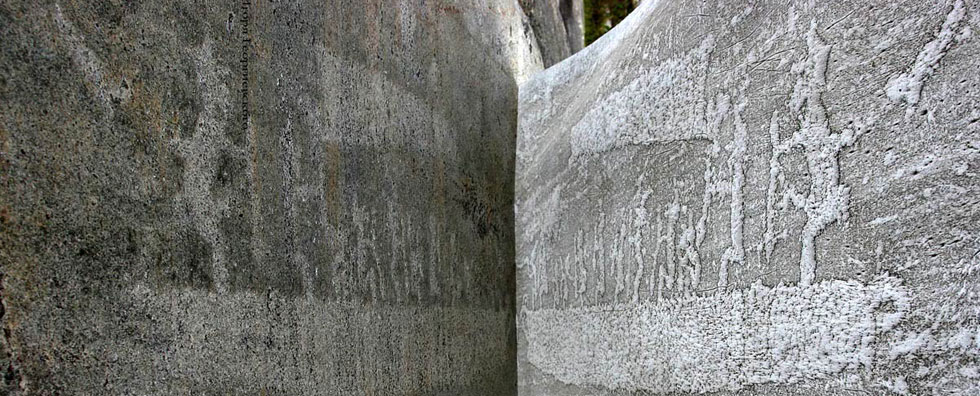
Issue №1, Vol. 11
Nikonova Y., Rakovskaya M., Dospehova N., Zaitseva M. Review of pulpwood debarking processes investigations // Resources and Technology. 2014. №1, Vol. 11. P. 11‒49.
DOI: 10.15393/j2.art.2014.2801
Review of pulpwood debarking processes investigations
| Nikonova Yuliya | Petrozavodsk State University, juli4455@mail.ru |
| Rakovskaya Marina | Petrozavodsk State University, mir1998@bk.ru |
| Dospehova Natalia | Petrozavodsk State University, dospeh@ced.karelia.ru |
| Zaitseva Maria | Petrozavodsk State University, 2003bk@bk.ru |
|
Key words: debarking; pulpwood; debarking drum; mathematical simulation |
Summary: Wood debarking by means of debarking drums as an energy and resource-intensive process draws intensive interest of researchers. The paper presents an overview of the publications from 1964 up to the present time dealing with the results of research related to improving the quality of pulpwood cleaning by means of debarking drums. The review focuses on technologies of wood drum debarking, mathematical simulation of the process, results of experimental studies both in industrial and laboratory environments. Various methods of mathematical simulation of debarking are cited. A brief analysis is given of the effect that drum proportions, rotation speed and the degree of filling, as well as pulpwood length and diameter produce on the efficiency of the debarking process. The review focuses on cost-effective use of resources in the wood debarking process. The reviewers come to the conclusion that pulpwood interaction intensity and frequency can be used as integral indicators of the raw material parameters and the debarking mode. The efficiency of wood debarking, as well as the magnitude of wood loss are determined by the intensity of pulpwood collisions inside the drum. |
Displays: 2638; Downloads: 2558;




